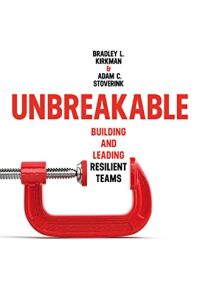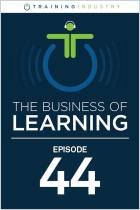Зарегистрируйтесь на getAbstract, чтобы получить доступ к этому краткому изложению.

Зарегистрируйтесь на getAbstract, чтобы получить доступ к этому краткому изложению.
Bradley Kirkman and Adam Stoverink
Unbreakable
Building and Leading Resilient Teams
Stanford UP, 2023
Что внутри?
Resilient, unbreakable teams thrive in crisis.
Recommendation
No matter what their product, service or industry, all companies share a common characteristic: their people work in teams. And if their teams aren’t resilient, trouble awaits. Bradley L. Kirkman and Adam C. Stoverink outline four pitfalls that challenge a team’s resiliency and four resources that assure its durability. They share their conviction that “unbreakable” teams produce superior performance, bigger profits, and more satisfied executives, employees, investors and customers. To that end, they explain how managers can build and lead energized teams that can handle adversity and bounce back.
Summary
About the Authors
Bradley L. Kirkman is the (Ret.) H. Hugh Shelton Distinguished Professor of Leadership in the Department of Management, Innovation and Entrepreneurship at the Poole College of Management at North Carolina State University. Adam C. Stoverink is the Director of Walton MBA Programs and an associate professor of management in the Walton College of Business at the University of Arkansas.
























Comment on this summary